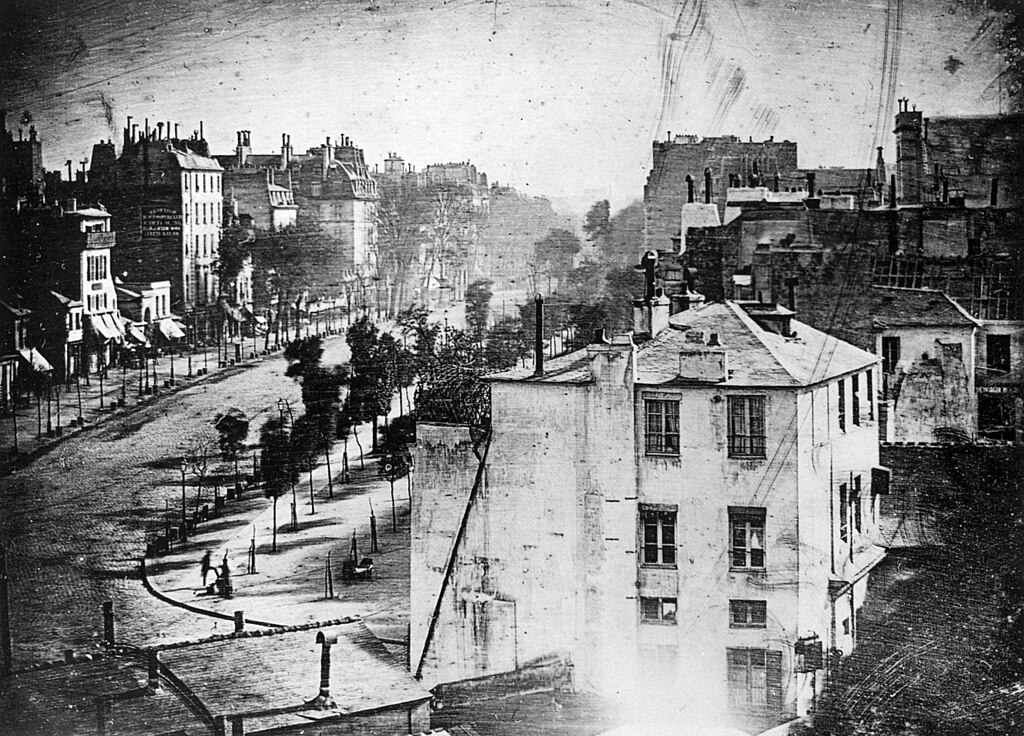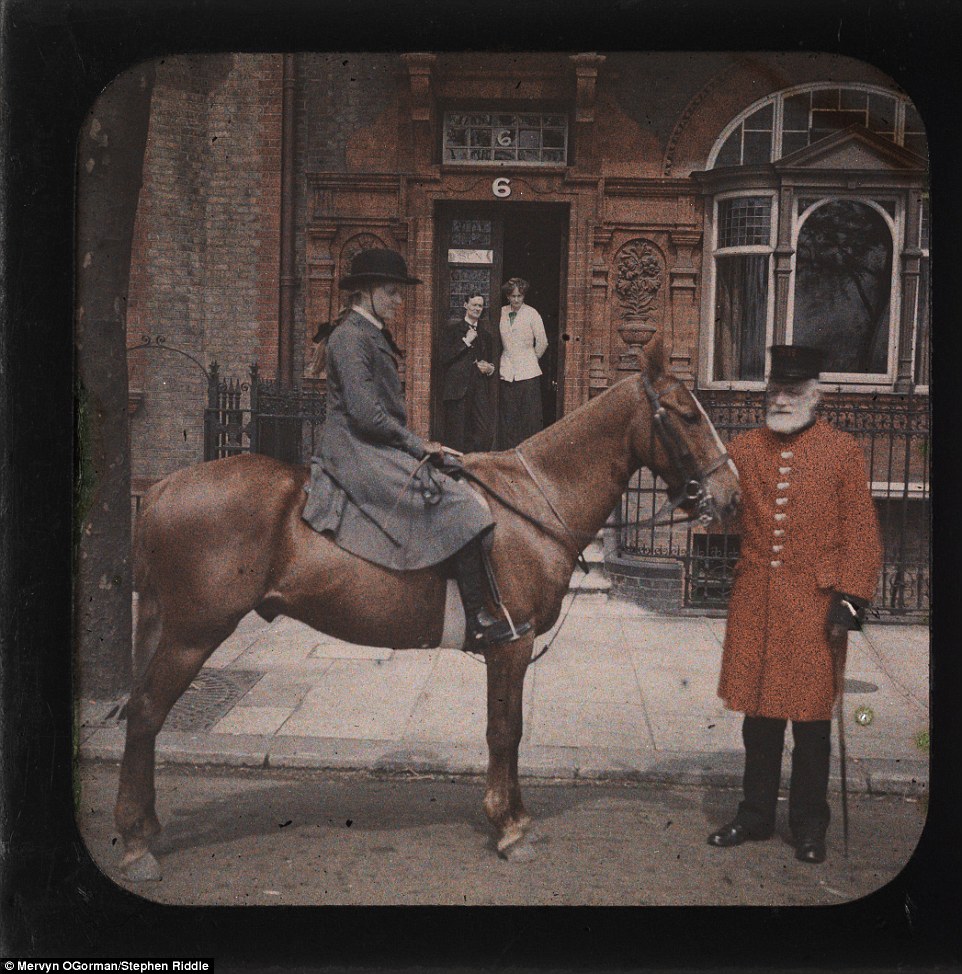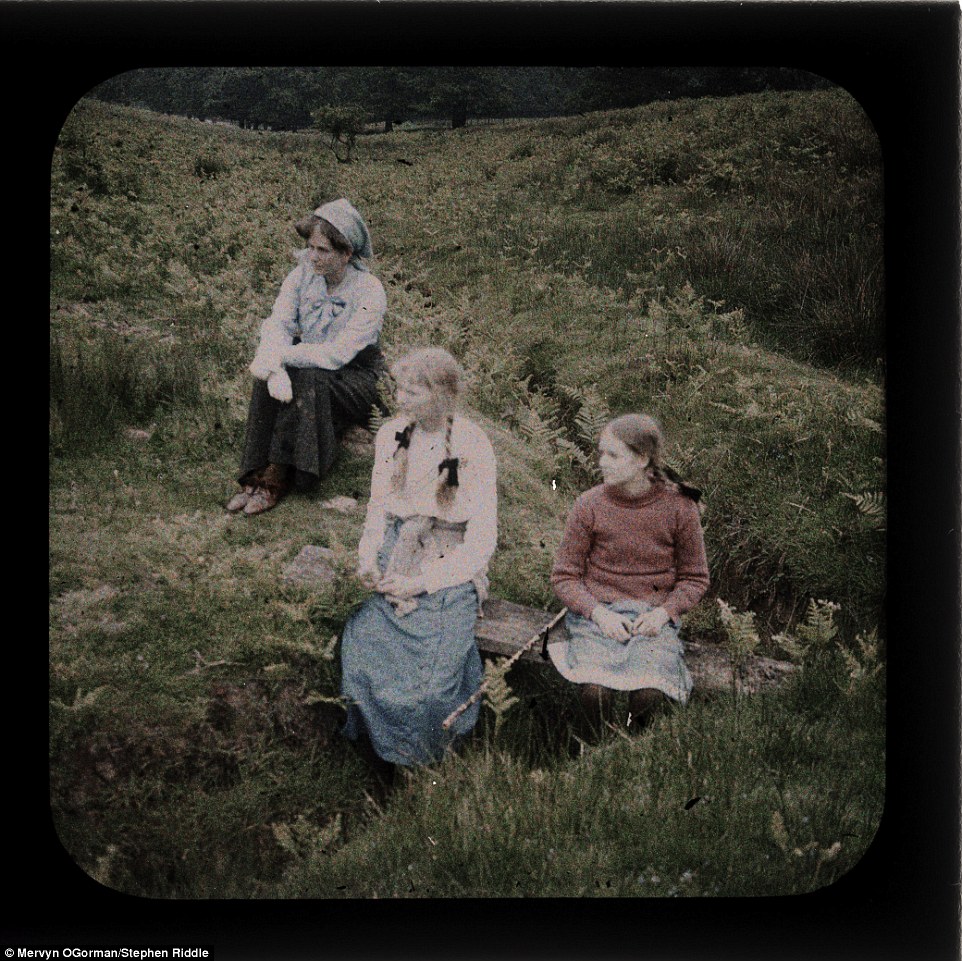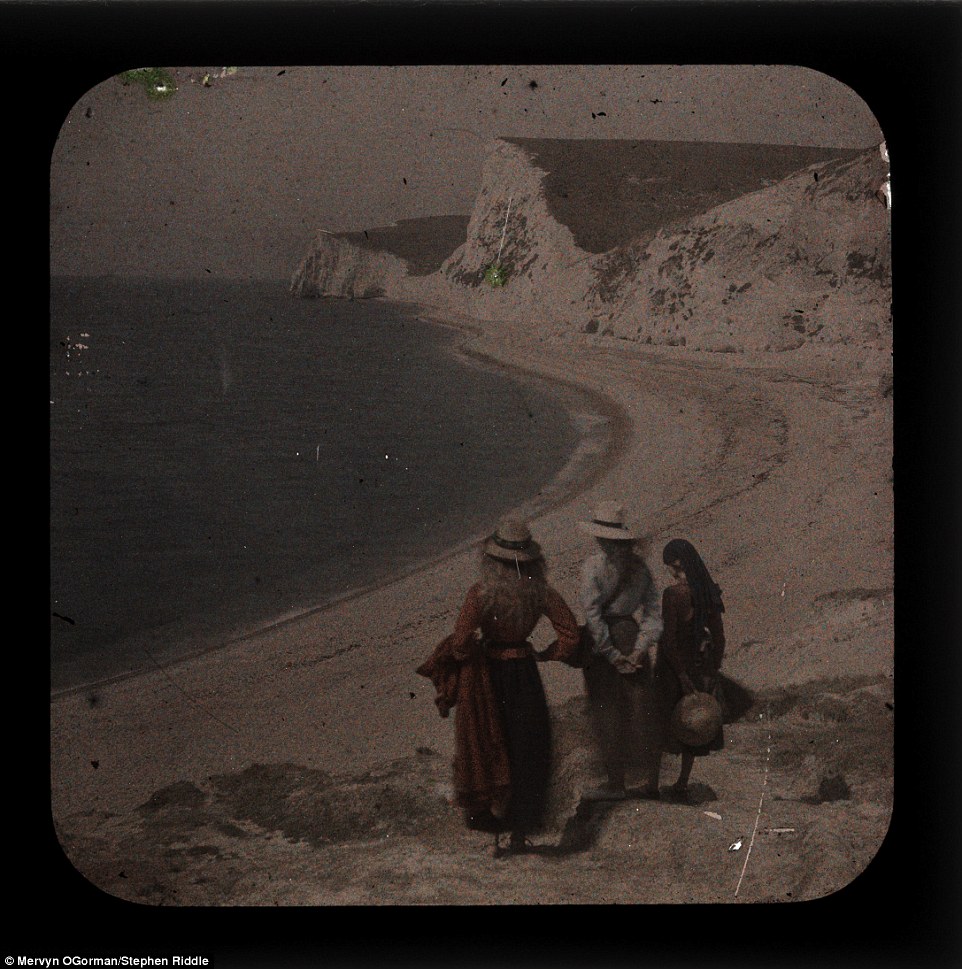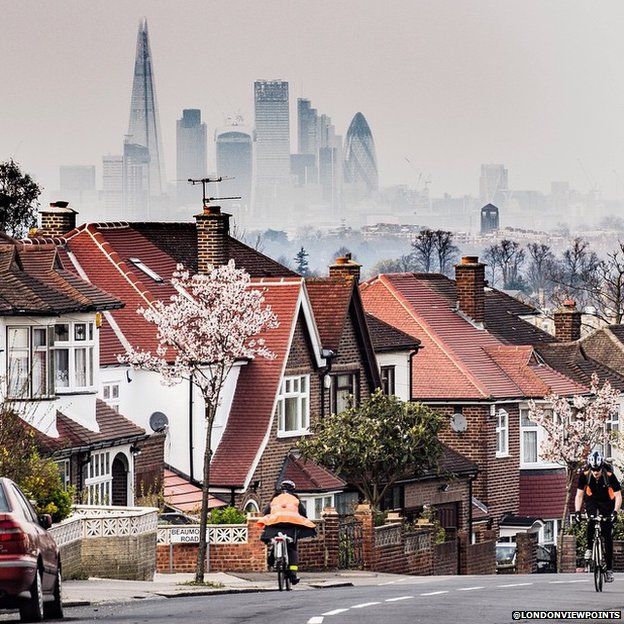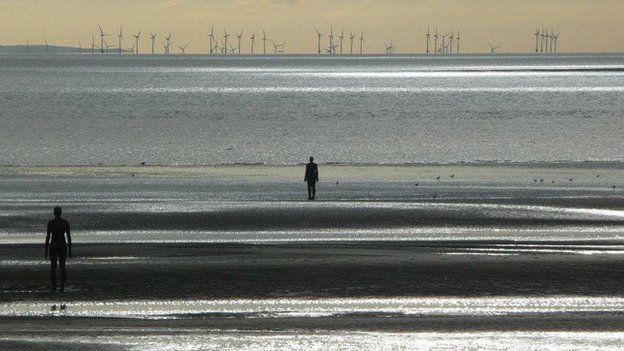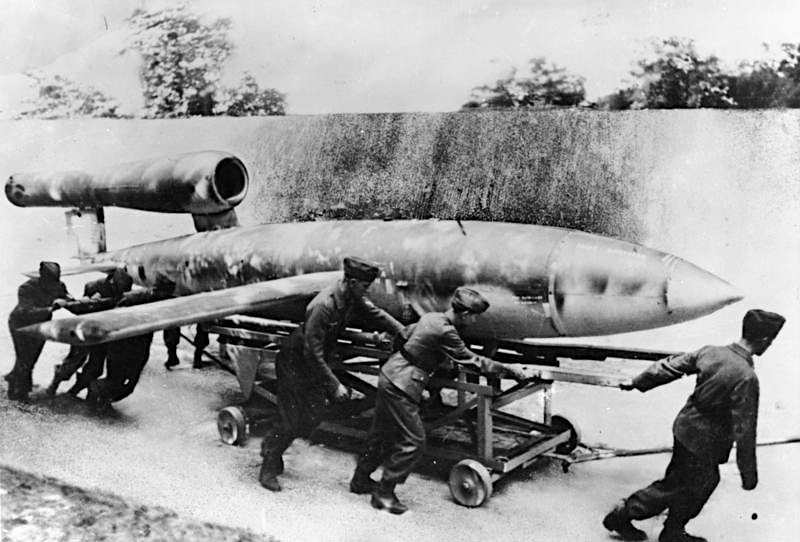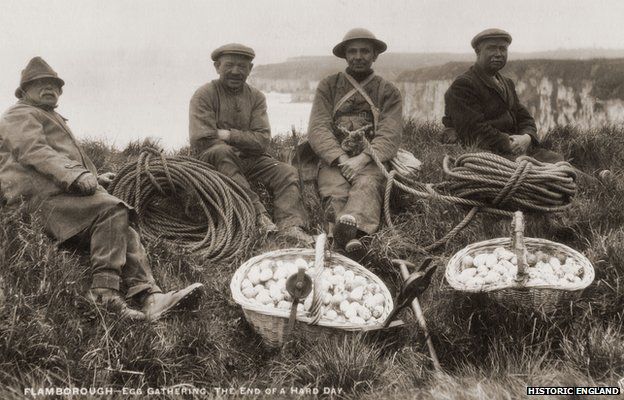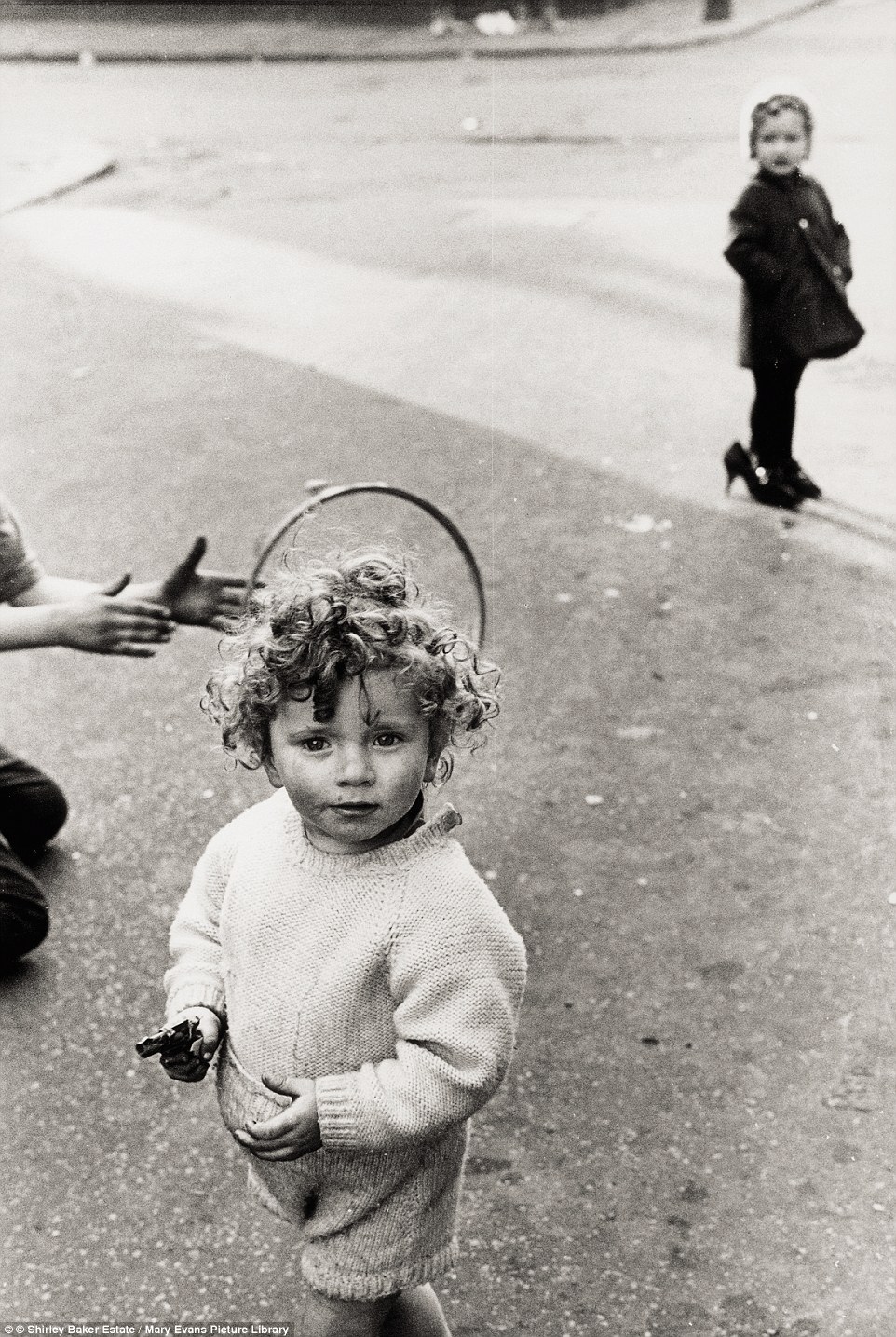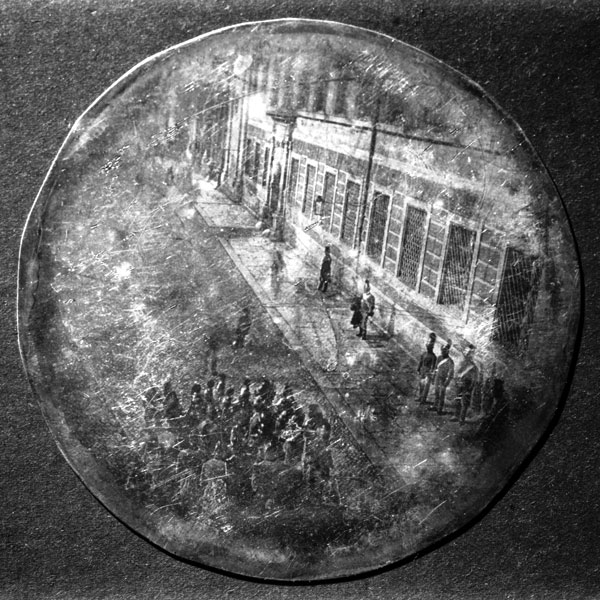These beautiful, modern-looking colour photos look like they were taken today but they were, in fact, taken in 1913 and are amongst the world's first colour photos.
They feature the mysterious "lady in red"on a Dorset beach who has featured in this thread before. It was initially thought the young woman in the photos was the daughter of photographer Mervyn O'Gorman, but it is now believed that she may have actually have been his niece.
Who was the 'lady in red'? Mystery deepens as scholars try to identify young woman with cascading blonde hair and scarlet clothes in dreamlike 1913 colour photos
Photographer Mervyn O'Gorman was 42 when he snapped the pictures in Dorset 1913
He was known as an early pioneer of colour photography and used the autochrome process
The model, known only as Christina, was initially thought to be his daughter, but it now seems unlikely
Do you know who Christina was and what happened to her? Email femail@mailonline.co.uk
By Annabel Fenwick Elliott For Daily Mail Online
3 May 2015
Daily Mail
The young beauty looks thoughtful and dreamy as she poses on the shingle beach in a scarlet swimming costume, as her long strawberry blonde hair cascades to her waist.
This ethereal-looking teenager - who is thought to be called Christina - was one of the first people to be photographed in colour, yet rather than becoming famous, the young woman appears to have vanished altogether.
She was captured by photographer Mervyn O'Gorman in the series of dreamlike photos taken in Lulworth Cove, Dorset, in 1913, and for years was thought to be his daughter but now scholars believe she was a relative or friend - but all attempts to track her down have hit a dead end.
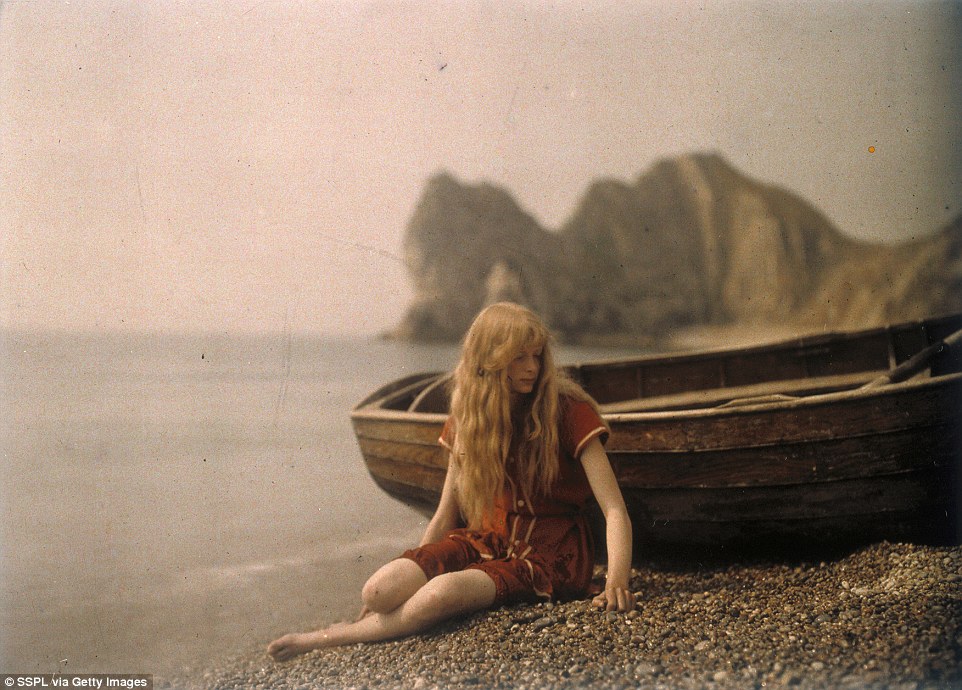
She earned the accolade of being one of the first models to appear in colour photographs (pictured), but far from being famous, Christina disappeared into history
The captivating images are owned by the Royal Photographic Society, and are currently on display at the National Media Museum, Bradford.
The woman in question, a willowy teen with tousled strawberry blonde hair, posed for the camera on the Dorset beach, as well as on the grounds of a stately home.
With her tumbling tresses, classic looks and profile, she appears to be a living embodiment of a pre-Raphaelite painting, which only increases the fascination with her true identity.
She wore red in every shot, probably at the request of O'Gorman, since the vibrant colour captured particularly well using the autochrome process.
Patented in 1903, it involved using glass plates covered in microscopic grains of potato starch to filter pictures with dye, and O'Gorman was known to be an early pioneer in this.
O'Gorman was born in Brighton is 1871 and studied science at University College, Dublin (which was then in the UK). He later worked in electrical engineering and had a penchant for cars, eventually being crowned vice president of the Royal Automobile Club.


Christina (top) was initially presumed to be the daughter of the engineer and photographer Mervyn O'Gorman (left), who was 43 when he shot the dreamlike photos
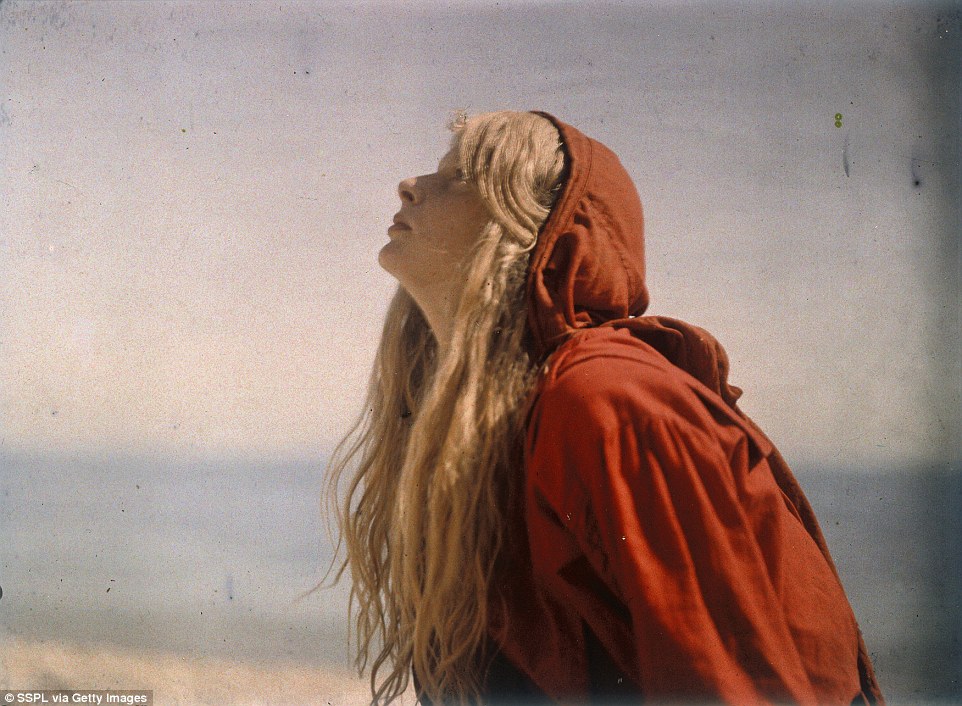 The woman is question, a willowy teen with tousled strawberry blonde hair, posed for the camera on the Dorset beach in the series of images, which and are now on display at the National Media Museum in Bradford
The woman is question, a willowy teen with tousled strawberry blonde hair, posed for the camera on the Dorset beach in the series of images, which and are now on display at the National Media Museum in Bradford
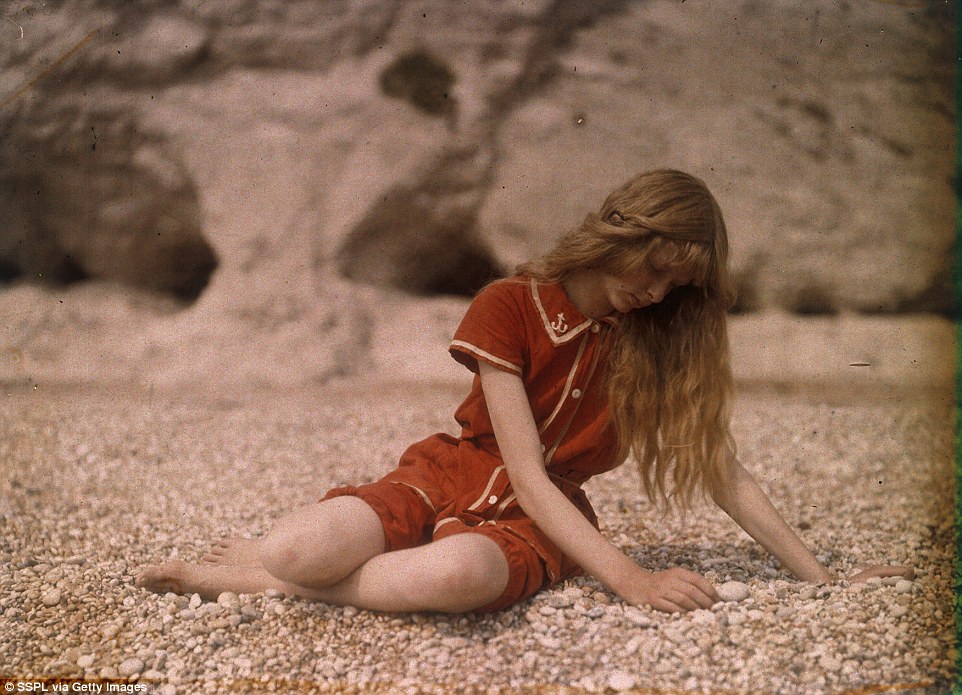 Scholars and genealogy hobbyists now believe her to be a relative or family friend, and all those who have attempted to track Christina down to see what became of her have hit a dead end
Scholars and genealogy hobbyists now believe her to be a relative or family friend, and all those who have attempted to track Christina down to see what became of her have hit a dead end
 Colin Harding, who curated the Drawn By Light exhibition, did some of his own digging in a bid to learn more about the elusive teen (left), who until now was thought to have been shot next to Mervyn's wife Florence (centre) and her sister (right)
Colin Harding, who curated the Drawn By Light exhibition, did some of his own digging in a bid to learn more about the elusive teen (left), who until now was thought to have been shot next to Mervyn's wife Florence (centre) and her sister (right)
The talented entrepreneur married Florence Rasch in 1897, and during the first World War, he became a lieutenant-colonel in the RFC.
When he died in 1958 at the age of 87, Melvyn's obituary described him as 'a man of agile mind and Hibernian eloquence'.
As for who Christina was, the mystery remains.
Sophia Brothers, from the Science & Society Picture Library, told MailOnline: ‘We don’t know much more on who Christina was.
'It’s thought she was the niece of Mervyn O’Gorman, not the daughter as everyone expects.'
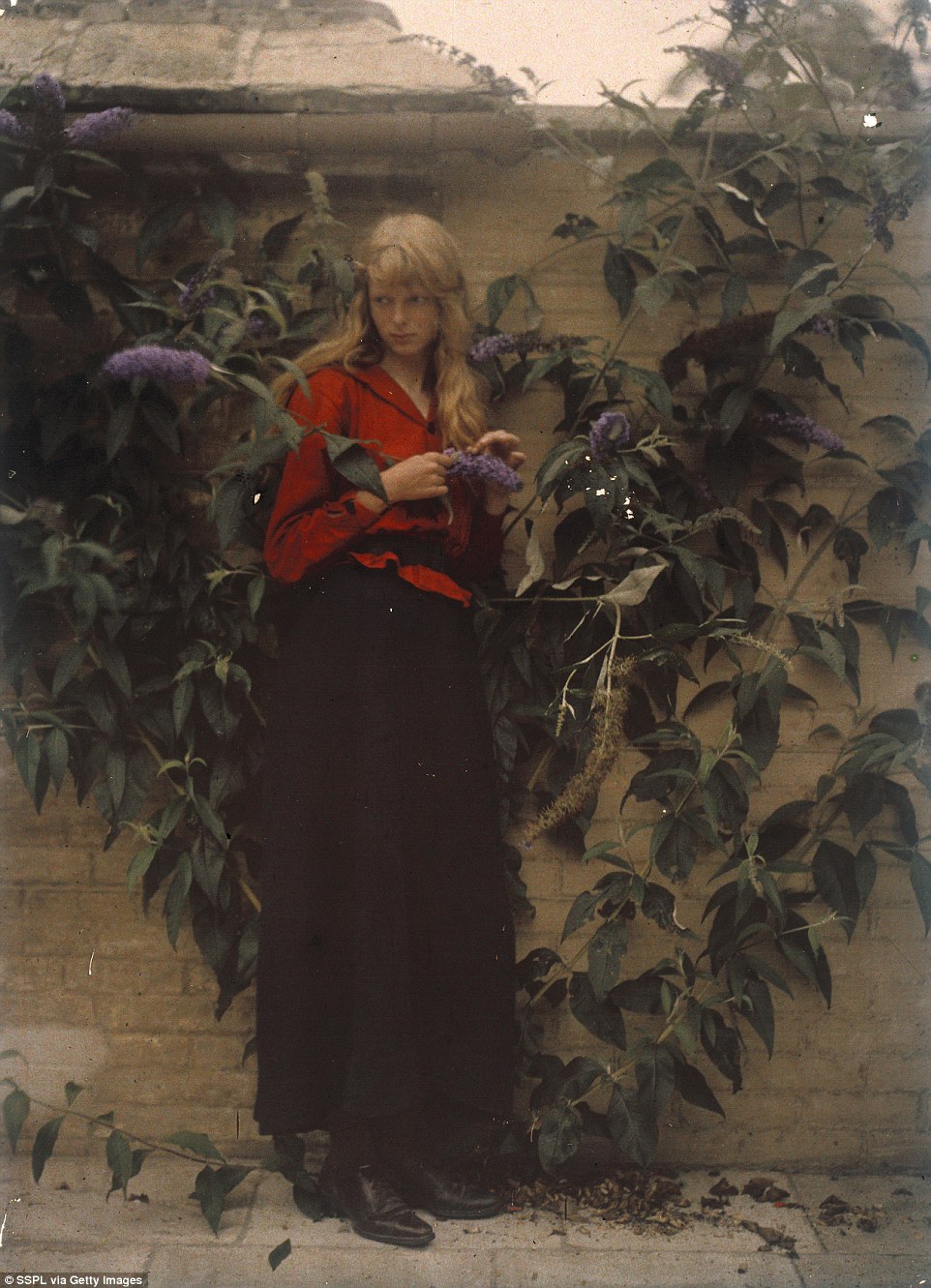 The subject of Mervyn O'Gorman's 1913 pictures could have been a relative or family friend but experts say the pioneering amateur photographer's wife Florence was 44 when they married in 1897, which makes their having children unlikely
The subject of Mervyn O'Gorman's 1913 pictures could have been a relative or family friend but experts say the pioneering amateur photographer's wife Florence was 44 when they married in 1897, which makes their having children unlikely
Indeed, Leeds University lecturer Colin Harding, who curated the Drawn by Light exhibition, currently showing in Bradford, did some of his own digging in a bid to learn more about the elusive teen, and now feels she is unlikely to be O'Gorman's daughter.
'In 1897 O’Gorman had married Florence Rasch,' he wrote for Black And White Photography magazine.
'Eighteen years older than her husband, Florence would then have been 44 – not too old, of course, to have started a family but, perhaps, unlikely.
Uncovering Christina's identity has become something of a challenge and many amateur sleutnote in chat rooms and websites that in the 1911 national census there is no record of Mervyn and Christina having children.
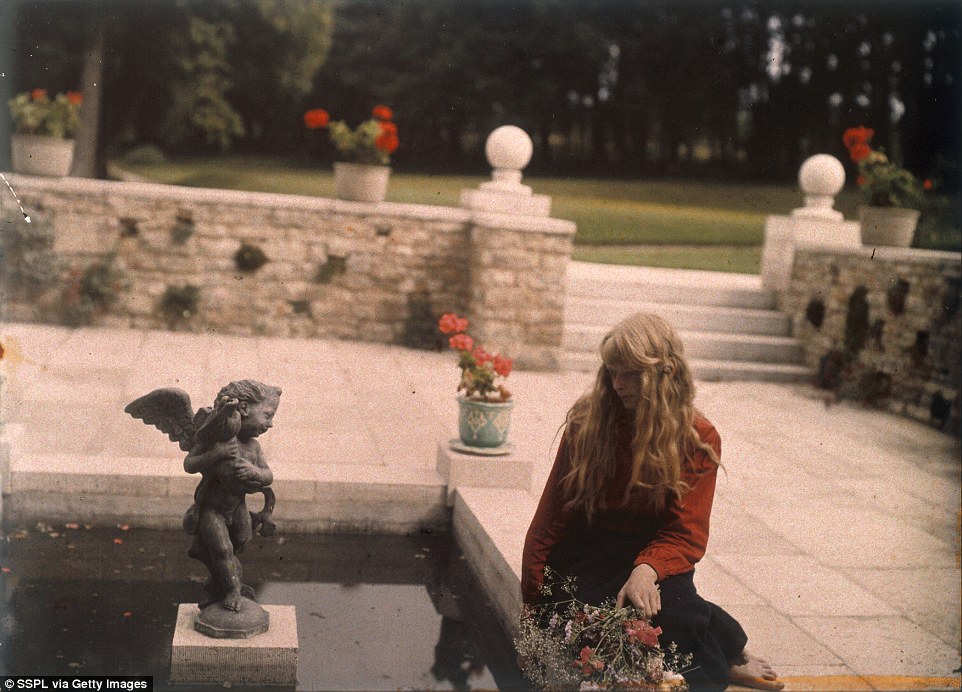 The teenager known only as 'Christina', is captured gazing thoughtfully into an ornamental pond. While the location for this photograph is not known, it may be the gardens of Rempstone Hall near Corfe Castle in Dorset, close to Lulworth Cove
The teenager known only as 'Christina', is captured gazing thoughtfully into an ornamental pond. While the location for this photograph is not known, it may be the gardens of Rempstone Hall near Corfe Castle in Dorset, close to Lulworth Cove
This is corroborated by Colin Harding, who wrote: 'Mervyn's obituaries do not mention any family and the available census records do not list any children.'
However, the 1911 national census does find a Christina O'Gorman, who is aged 13, and living in County Waterford, Ireland. While the age fits, along with the surname - suggesting that she could have been a relative of Mervyn - scholars have been frustrated in their attempts to prove a link between photographer and subject.
He concluded: 'Ultimately, who Christina was isn’t important. O’Gorman’s portraits retain their timeless impact.'
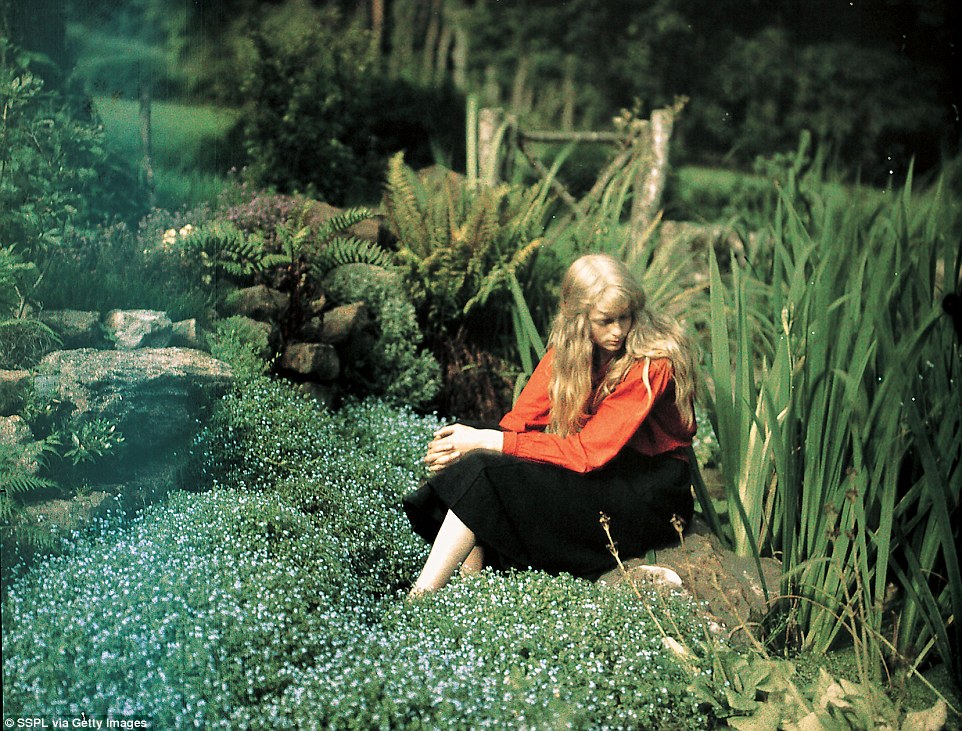 The vivid colours in this photograph, with Christina's red blouse standing out against the green garden, looks eerily modern yet it was taken 102 years ago
The vivid colours in this photograph, with Christina's red blouse standing out against the green garden, looks eerily modern yet it was taken 102 years ago
They feature the mysterious "lady in red"on a Dorset beach who has featured in this thread before. It was initially thought the young woman in the photos was the daughter of photographer Mervyn O'Gorman, but it is now believed that she may have actually have been his niece.
Who was the 'lady in red'? Mystery deepens as scholars try to identify young woman with cascading blonde hair and scarlet clothes in dreamlike 1913 colour photos
Photographer Mervyn O'Gorman was 42 when he snapped the pictures in Dorset 1913
He was known as an early pioneer of colour photography and used the autochrome process
The model, known only as Christina, was initially thought to be his daughter, but it now seems unlikely
Do you know who Christina was and what happened to her? Email femail@mailonline.co.uk
By Annabel Fenwick Elliott For Daily Mail Online
3 May 2015
Daily Mail
The young beauty looks thoughtful and dreamy as she poses on the shingle beach in a scarlet swimming costume, as her long strawberry blonde hair cascades to her waist.
This ethereal-looking teenager - who is thought to be called Christina - was one of the first people to be photographed in colour, yet rather than becoming famous, the young woman appears to have vanished altogether.
She was captured by photographer Mervyn O'Gorman in the series of dreamlike photos taken in Lulworth Cove, Dorset, in 1913, and for years was thought to be his daughter but now scholars believe she was a relative or friend - but all attempts to track her down have hit a dead end.

She earned the accolade of being one of the first models to appear in colour photographs (pictured), but far from being famous, Christina disappeared into history
The captivating images are owned by the Royal Photographic Society, and are currently on display at the National Media Museum, Bradford.
The woman in question, a willowy teen with tousled strawberry blonde hair, posed for the camera on the Dorset beach, as well as on the grounds of a stately home.
With her tumbling tresses, classic looks and profile, she appears to be a living embodiment of a pre-Raphaelite painting, which only increases the fascination with her true identity.
She wore red in every shot, probably at the request of O'Gorman, since the vibrant colour captured particularly well using the autochrome process.
Patented in 1903, it involved using glass plates covered in microscopic grains of potato starch to filter pictures with dye, and O'Gorman was known to be an early pioneer in this.
O'Gorman was born in Brighton is 1871 and studied science at University College, Dublin (which was then in the UK). He later worked in electrical engineering and had a penchant for cars, eventually being crowned vice president of the Royal Automobile Club.


Christina (top) was initially presumed to be the daughter of the engineer and photographer Mervyn O'Gorman (left), who was 43 when he shot the dreamlike photos



The talented entrepreneur married Florence Rasch in 1897, and during the first World War, he became a lieutenant-colonel in the RFC.
When he died in 1958 at the age of 87, Melvyn's obituary described him as 'a man of agile mind and Hibernian eloquence'.
As for who Christina was, the mystery remains.
Sophia Brothers, from the Science & Society Picture Library, told MailOnline: ‘We don’t know much more on who Christina was.
'It’s thought she was the niece of Mervyn O’Gorman, not the daughter as everyone expects.'

Indeed, Leeds University lecturer Colin Harding, who curated the Drawn by Light exhibition, currently showing in Bradford, did some of his own digging in a bid to learn more about the elusive teen, and now feels she is unlikely to be O'Gorman's daughter.
'In 1897 O’Gorman had married Florence Rasch,' he wrote for Black And White Photography magazine.
'Eighteen years older than her husband, Florence would then have been 44 – not too old, of course, to have started a family but, perhaps, unlikely.
Uncovering Christina's identity has become something of a challenge and many amateur sleutnote in chat rooms and websites that in the 1911 national census there is no record of Mervyn and Christina having children.

This is corroborated by Colin Harding, who wrote: 'Mervyn's obituaries do not mention any family and the available census records do not list any children.'
However, the 1911 national census does find a Christina O'Gorman, who is aged 13, and living in County Waterford, Ireland. While the age fits, along with the surname - suggesting that she could have been a relative of Mervyn - scholars have been frustrated in their attempts to prove a link between photographer and subject.
He concluded: 'Ultimately, who Christina was isn’t important. O’Gorman’s portraits retain their timeless impact.'

Last edited:




